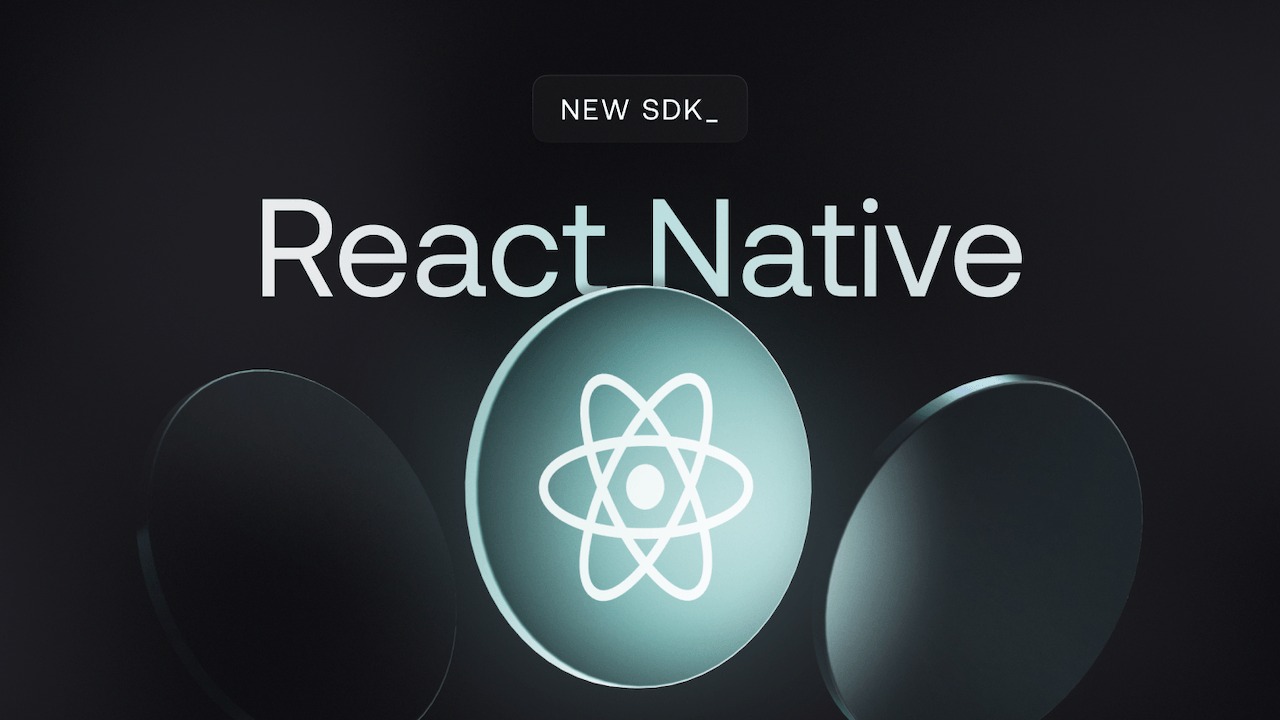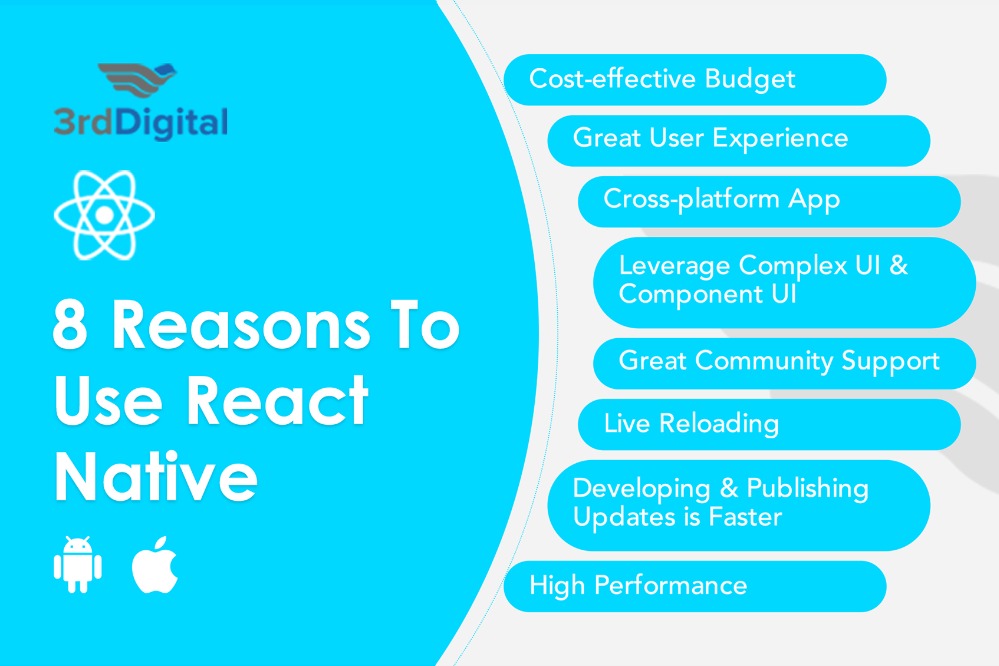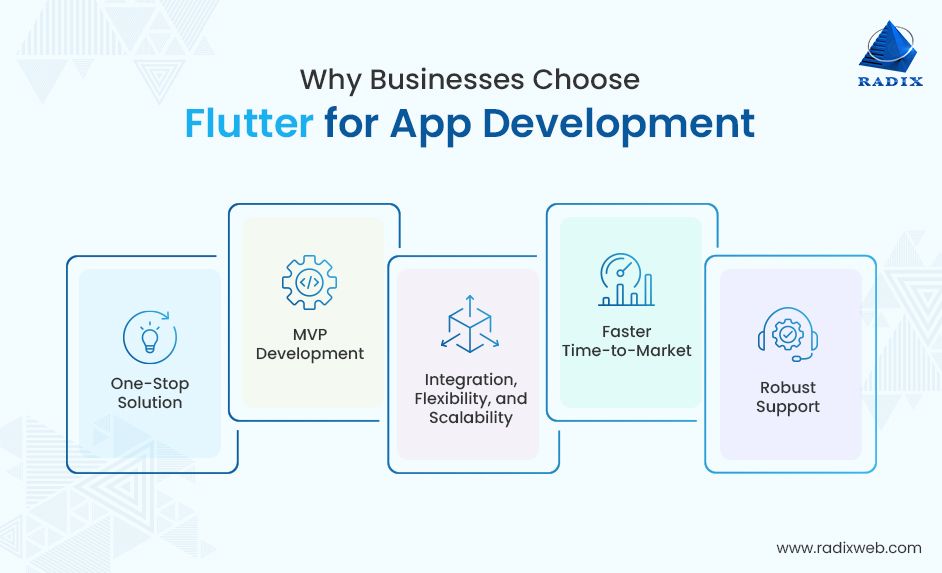Developers frequently have to make the choice of which framework to use when creating mobile applications. These days, React Native and Flutter are two of the most widely used frameworks. Although they both have excellent features, they differ from one another. To help you decide which framework is best for developing mobile apps, we’ll compare React Native and Flutter in this blog.
What is React Native?
Facebook developed the React Native framework, which enables programmers to use JavaScript and React to create mobile applications. Because you can create code only once and have it run on both iOS and Android devices, it is known for its efficiency. Additionally, React Native provides developers with native components, which facilitates the development of high-performance applications.
What is Flutter?
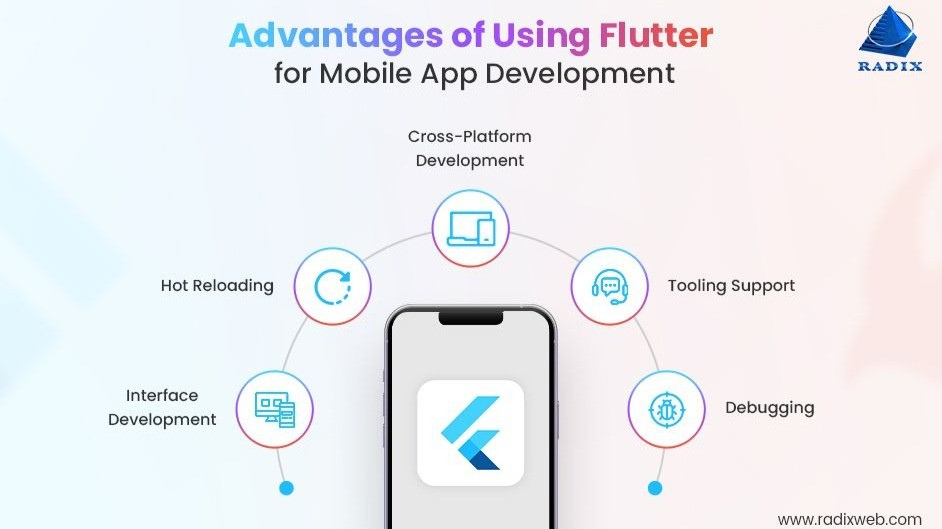
Google developed Flutter, a UI toolkit that lets programmers create completely built desktop, web, and mobile apps from a single script. It makes use of the Dart programming language and includes a collection of easily customized widgets that let you easily construct stunning, high-quality apps.
React Native vs Flutter
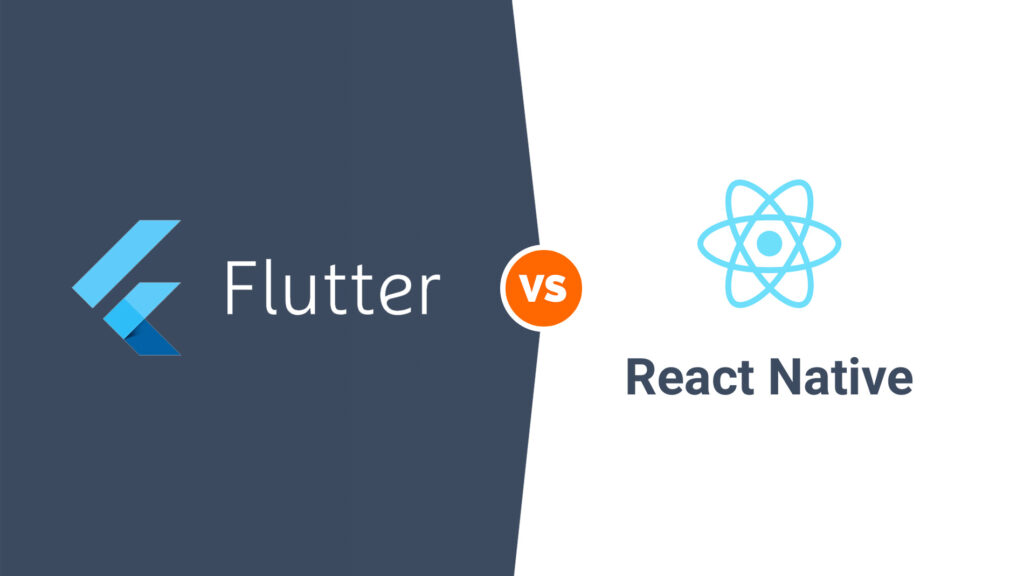
1. Programming Language
⇒ JavaScript, one of the most popular programming languages, is used by React Native. React Native might be a simple framework to learn if you are already familiar with JavaScript or React.
⇒ Google developed the programming language Dart, which is used by Flutter. the benefits of not being as well-known as JavaScript, Dart is simple to learn and effective for creating mobile apps, according to several developers.
2. Performance
⇒ For communication between JavaScript and native modules, React Native uses bridging. Performance problems may occasionally result from this, particularly in deeper applications.
⇒ Because Flutter compiles to native code, it performs better. Because it doesn’t rely on a bridge like React Native, Flutter app even those with complex designs can operate more quickly and gracefully.
3. Development Speed
⇒ The development process is accelerated by React Native’s ability to reuse a large amount of pre-written code. For iOS and Android, you might still need to create some platform-specific code, unfortunately.
⇒ Cross-platform development is also possible with Flutter, albeit its third-party plugin catalog is smaller than React Native’s. This implies that you may need to write more customized code, which in certain situations may cause development to lag.
4. UI and Design
⇒ Because React Native makes use of native components, the user interface and design will resemble native iOS or Android apps. However, it can occasionally be difficult to achieve consistency between platforms.
⇒ Because of Flutter’s unique collection of editable widgets, developers can produce UIs that are remarkably consistent between the two platforms. Additionally, it allows you greater creative control, which facilitates the creation of layouts that are perfectly aligned.
5. Community and Ecosystem
Due to its longer history, React Native offers a wider population and ecosystem. The huge number of tutorials, frameworks, and resources makes it simpler for developers to locate assistance.
Despite being more recent, Flutter is expanding quickly. Numerous developers are embracing the Flutter environment, and it claims an active user base supported by Google. The Flutter community is quite active, considering being smaller than React Native’s.
Reasons to Choose React Native
If you already know a lot about JavaScript or React, React Native is a great option because it lets you use what you already know. It’s also perfect if you want to access a large network with a wealth of information and assistance that can aid in quickly solving development issues. React Native reduces the requirement for platform-specific programming by allowing you to reuse code across platforms. If you’re working on a medium-complex or reasonably basic app, React Native offers the speed and efficiency you need to make it a reality with few obstacles.
Reasons to Choose Flutter
If you need high-performance apps, especially for complex interfaces or animations that need to run smoothly, Flutter is the framework to use. It gives you total freedom over design, enabling you to produce stunning and unique user interfaces. Flutter offers innovative and effective technologies that might improve your development experience, even though it utilizes Dart, a language you might need to master. Flutter is the best option if you want to create apps that have a uniform appearance and feel across several platforms, including iOS, Android, Web, and desktop.
Bonus explanation:
What is Dart? Google developed the programming language Dart. It is employed in the development of desktop, online, and mobile applications. Easy to learn, Dart is particularly well-known for being the language used to create the mobile app development platform Flutter. Because of its quick, easy, and effective design, it’s excellent for creating high-performance programs. To put it simply, Dart assists developers in creating applications that function seamlessly across many platforms and devices.
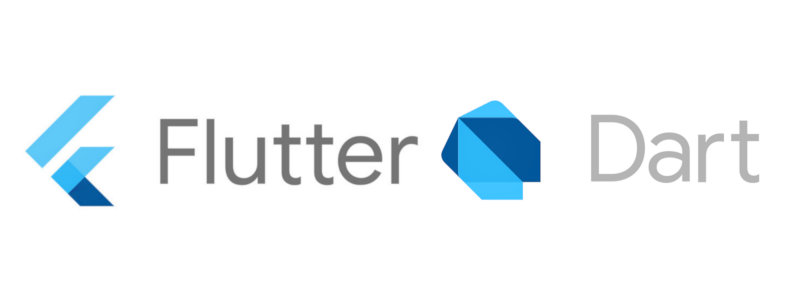
Conclusion
With the help of the strong frameworks React Native and Flutter, you may make stunning and useful mobile applications. React Native can be the best option for you if you are already experienced with JavaScript and need to create an app fast with a big community and loads of resources. However, if you’re seeking for outstanding performance, greater design control, and the ability to work across several platforms, Flutter could be a better choice.
The decision ultimately comes down to the needs of your app and the experience of your team. You can easily create stunning mobile applications with either React Native or Flutter, depending on the framework you select.
To read more interesting blogs like this please visit Logicfectum’s Blog section.
